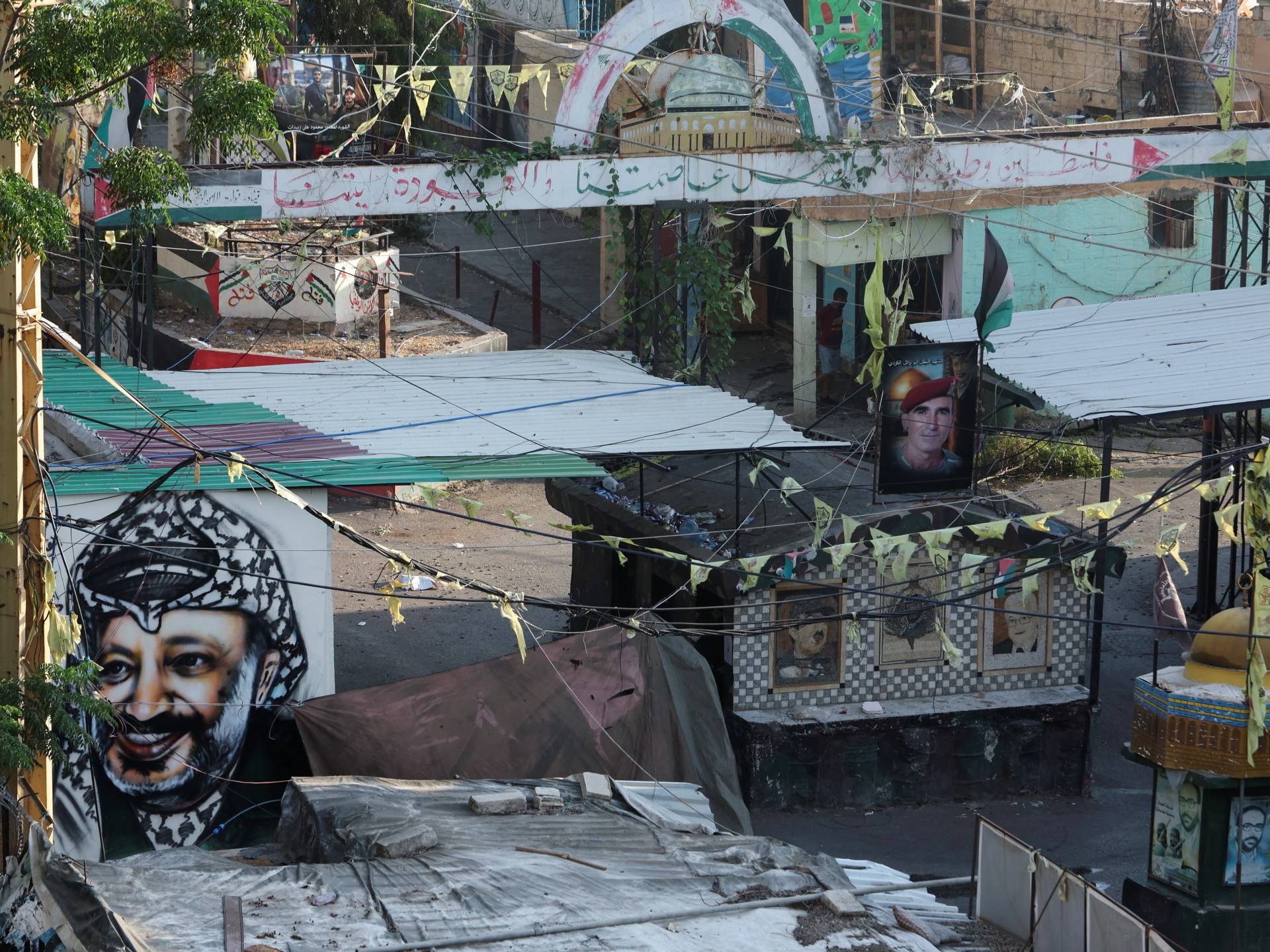Iran Meets IAEA Demands, CIA Raises Doubts
The CIA assessment, contained in a report to Congress made public over the weekend, coincided with Iran’s formal assurances to the International Atomic Energy Agency (IAEA) that it will accept surprise UN inspections of its nuclear facilities and suspend its uranium enrichment program, reported Agence France-Presse (AFP) Sunday, November 9.
On Saturday, top Iranian and IAEA officials said that Iran will next week give the IAEA letters agreeing to surprise U.N. inspections of its nuclear facilities and confirming it will suspend the enrichment of uranium, both key demands by the international agency.
The U.N. nuclear watchdog meets November 20 to decide whether Iran is in compliance with the nuclear Non-Proliferation Treaty (NPT) and may be hiding an atomic weapons program.
"Next week, we will get the letter by Iran for the conclusion of the additional (nuclear) protocol (on inspections), which is a positive step," IAEA director general Mohamed ElBaradei told reporters after meeting at his Vienna headquarters with Iranian security chief Hasan Rowhani.
"I was also told by Dr. Rowhani that next week we will get again a letter indicating Iran’s agreement to suspend all (uranium) enrichment-related activities and reprocessing (of nuclear fuel) as a confidence-building measure, which is also a quite positive step," ElBaradei said after the meeting.
A ruling of non-compliance could lead to U.N. sanctions against Iran.
A Western diplomat told AFP the world was "still waiting for action that will demonstrate Iranian promises turning into reality because we’ve been disappointed in the past."
“CIA Not Convinced”
However, the CIA claimed, in its report, that a secret nuclear facility at Natanz whose existence was disclosed by members of the Iranian opposition in August 2002 could be cause for concern.
About 160 new centrifuges for enriching uranium have subsequently been discovered at that complex, located between the cities of Isfahan and Kashan in central Iran, according to U.S. and U.N. officials.
"Even with intrusive IAEA safeguards inspections at Natanz, there is a serious risk that Iran could use its enrichment technology in covert activities," warned the leading U.S. intelligence agency.
It added that the uranium centrifuges discovered at Natanz were "of specific proliferation concern" because they are capable of enriching uranium for use in nuclear weapons.
"Although Iran claims that its nascent enrichment plant is to produce fuel for the Russian-assisted construction projects at Bushehr and other possible future power reactors, we remain concerned that Iran is developing enrichment technology to produce fissile material for nuclear weapons under the cover of legitimate fuel cycle activities," the CIA said.
The report insisted that Iran appears to be trying to produce both known materials for making nuclear warheads – highly enriched uranium and low burn-up plutonium.
According to the CIA, commercial satellite imagery showed that Iran was trying to bury the Natanz enrichment facility in the ground, presumably to hide it or harden it against military attack.
"We also suspect that Tehran is interested in acquiring fissile material and technology from foreign suppliers to support its overall nuclear weapons program," the report said.
Iran is also trying to expand its arsenal of delivery systems that can be used to carry weapons of mass destruction, according to U.S. intelligence experts.
The agency further claimed that in the first half of 2003, it continued to receive equipment, technology and expertise from companies in the former Soviet Union, North Korea and China that could eventually help Tehran move toward its goal of becoming self-sufficient in the production of ballistic missiles.
Iran’s ballistic missile arsenal includes some medium-range Shahab-3 capable of hitting targets 1,300 kilometers (800 miles) away and a few hundred short-range ballistic missiles, like Shahab-1, Shahab-2 and Tondar-69, according to defense experts.
The CIA also insisted that despite its participation in the Chemical Weapons Convention, Tehran has continued to seek production technology, training and expertise from Chinese firms that could further its efforts to achieve an indigenous capability to produce nerve agents.
The Iranian officials have repeatedly denied seeking to produce or even possess weapons of mass destruction.
"Iran likely has already stockpiled blister, blood, choking, and probably nerve agents – and the bombs and artillery shells to deliver them – which it previously had manufactured," the CIA report claimed.



